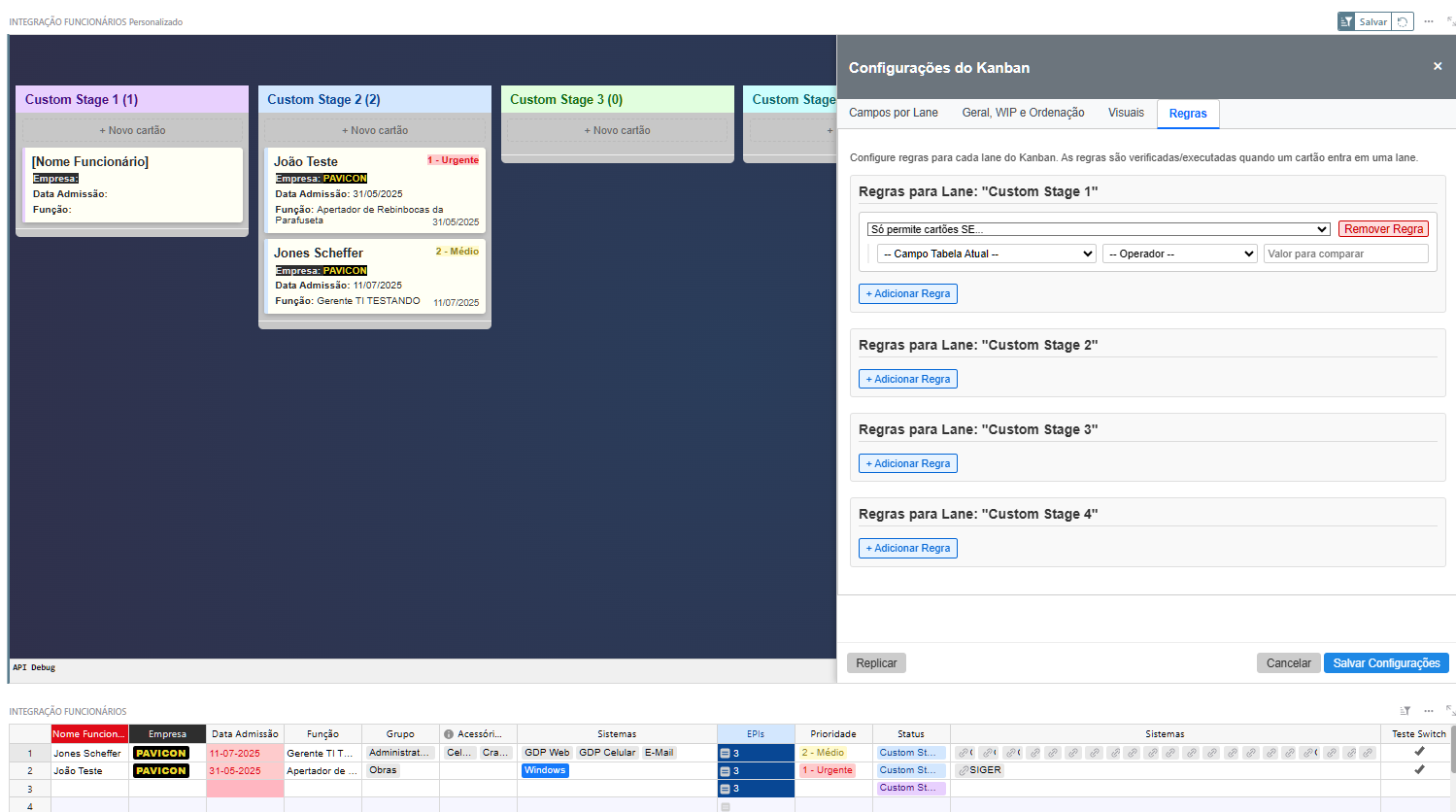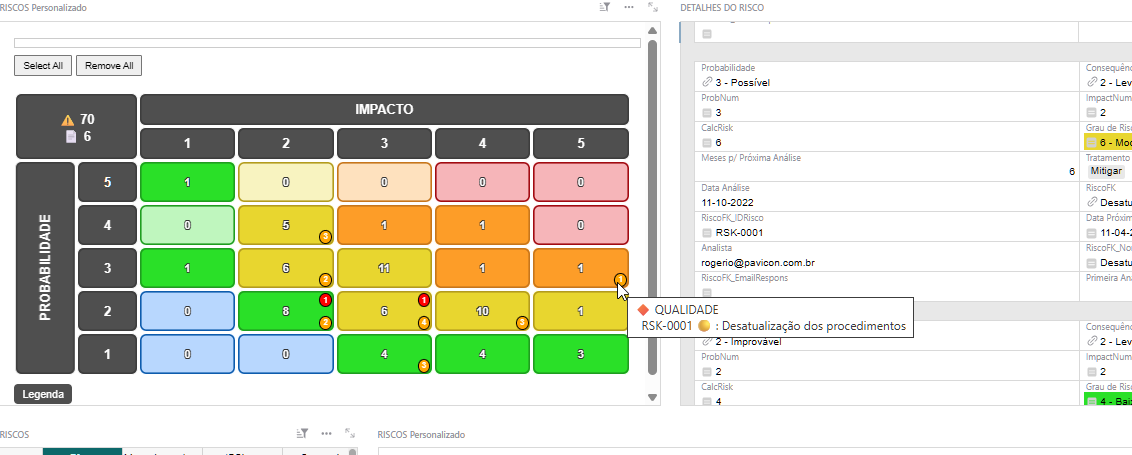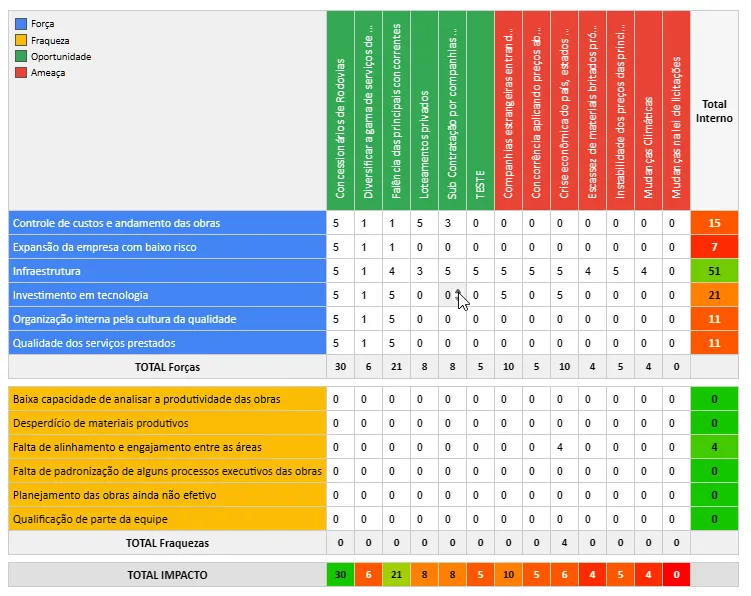How Grist became a construction company’s Swiss army SaaS
Another case of Excel nightmares
Rogerio Penna had a problem many people in construction, and perhaps project management as a whole, would recognize: everyone hates the quality management system.
“We had this clunky, outdated interface that was quite hard to use,” he explained. “Difficult to find what you needed. And it didn’t embrace everything we needed because every module needed separate licenses.”
So, like most companies, they defaulted to Excel, which may work nicely until you need 50 people collaborating on quality management processes across construction sites with spotty to zero internet connection. Then, Excel workflows become what Rogerio diplomatically calls “a nightmare.”
500 employees, one guy, zero patience for bad software
Rogerio works for a civil infrastructure company in southern Brazil. About 500 employees total are spread across the main company plus concrete operations and quarries. They stick to projects within 150km of their headquarters in Novo Hamburgo — local work, but plenty of it.
His official title is Head of Quality Management, but, like a lot of people at small to mid-market companies, he wears multiple hats: process management, IT systems, basically anything that helps digitize a company in a traditionally analog industry.
However, when your digitization is cloud-based and your construction sites often have terrible internet, anticipating the headaches is a headache in itself. Quality management processes for Rogerio can’t just live in the cloud. They need to work offline in the field when his coworkers are actually trying to get work done, without the pitfalls Excel brings.
Building an empire, one .grist at a time
Instead of buying another expensive, bloated enterprise solution, Rogerio started building his own systems using the deep capabilities of Grist’s custom widgets. Not just one or two documents, either – an entire ecosystem.
- Comprehensive Kanban boards showing custom columns, complete with formatting rules and a configuration tool in the ‘Rules’ (‘Regras’) tab, where users can create rules per column, like IF statements, where which the user can then select a field, an operator, and the value to compare.

- Custom Risk Matrix, including a detailed card view for each item, showing project managers which initiatives are on track or at risk.

- Cross SWOT analysis application, allowing managers to give ratings to each crossing of Strengths and Weaknesses with respective Opportunities and Threats.

Not to mention using Grist’s custom widgets to build:
- Non-conformity register system
- Action plans
- Change management system
- KPI tracking system
- Internal quality audits planning
- PESTEL mapping system
- Balanced scorecard showing objectives and projects
- HR training management system where managers can filter employees based on name, sector, and job to then assign previously-registered training sessions, where the tool generates a custom form with all the places for them to record their participation.
He sure stays busy. You could say Grist is the Sistine Chapel ceiling of spreadsheets and Rogerio is its Michelangelo.
Landing in quality management, expanding to HR and IT
It doesn’t stop there, either. What was just covered was merely Rogerio’s Grist wins as it relates to Quality Management. Their HR system doesn’t handle time division by worksite percentages. So, every month, the payroll team had to manually divide employee time and overtime across different job sites. This work takes two full days of tedious calculations and reformatting.
Now, they have a Grist system that imports data from their legacy systems, automatically calculates the percentages, and generates clean reports — one page per employee. What used to be a monthly nightmare now takes minutes.
“It reduced time spent by the HR department on this task by over 2 days of work. Together with other tasks at end of the month, what was a nightmare now is a breeze.”
–Rogerio Penna, Head of Quality Management
Time saved, people-praised
With any new tool, the real trick is more than just building the systems, but rather getting people to use them as well. Rogerio integrated Grist with their existing XWiki portal. Now, when someone visits their department page, they see embedded views of performance indicators, non-conformity records, and risks relevant to their team. No hunting through a complex system trying to find their stuff – just their own data, right where they expect it. Turns out when tools are actually easy to use, people use them.
Looking ahead, most of the employees within Rogerio’s firm now use the Grist systems regularly, primarily in administrative roles but spreading to other departments. The IT team built their own inventory system. Rogerio is also experimenting with automation, such as nightly data imports through n8n, and potential AI integrations once they sort out enterprise data policies.
When asked about his overall satisfaction with Grist, Rogerio said, “Immensely satisfied.”
More than about software, this case is what happens when someone who knows exactly what his coworkers need is given the tools to build systems that actually make sense. This is the power Grist puts in the hands of its users. No consultants, no six-month implementations, no change management committees.
Rogerio has become a champion of custom widgets in the Grist community, continuously adding new views and tools within Grist to help all users, even those outside his organization.
“You can make simple systems very very quickly, or build truly complex stuff by using custom plugins.”
–Rogerio Penna
Ready to see how Grist’s extensibility can cut your tech stack and centralize your work? Dive in to the evolution of spreadsheets for free.

